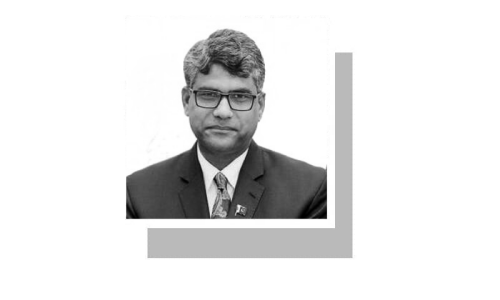THE long goodbye is over and today begins the post-Chaudhry phase of the superior judiciary. The institution that Chief Justice Tassaduq Jillani will take charge of is stronger than what was inherited by Iftikhar Chaudhry, but there is still a long way to go before the superior judiciary establishes itself as a truly vibrant institution that operates within the confines of the law and the Constitution and that protects the rights of the people. Of the many challenges the court will have to grapple with, one of the foremost is of its own creation: the liberal use of suo motu powers on the touchstone of protecting fundamental rights. To be sure, the trend internationally is to read constitutionally guaranteed fundamental rights in an expansive manner, which allows courts to enhance the people’s social and economic rights and even protect the environment. But the Supreme Court here took activism to another, undesirable level with its interventions in controversies such as ‘Memogate’ and the scheduling of the last presidential election. Perhaps now is the time for the court to flesh out what are the rightful limits of suo motu powers and issue guidelines for the superior judiciary as to how and when to use these.
A second major area that needs attention is the improvement of the delivery of justice at the lower-court level — the first point of contact of the average citizen with the judiciary. That of course is not the sole responsibility or even prerogative of the superior judiciary: while the Supreme Court chief justice serves as the administrative apex of the judicial system, revamping the delivery of justice at the lowest tiers will require a great deal of cooperation and coordination with the federal and provincial governments. But it is possible for the superior judiciary to lead the way by producing a road map to a more robust, effective and transparent judiciary at the local level.
Third, and linked to the other two, is a need for the superior judiciary to redefine its vision and purpose. Grabbing near daily headlines with off the cuff remarks from the bench or issuing a flurry of orders that are sometimes only backed by detailed judgements much later is not really in the interest of judicial evolution or institutional stability. Where it is necessary to shake the system out of its torpor, stubbornness or cruelty, as in the case of missing persons, shock tactics may be helpful. But for the rest, it’s better if the judiciary were to adopt a lower public profile.











































Dear visitor, the comments section is undergoing an overhaul and will return soon.